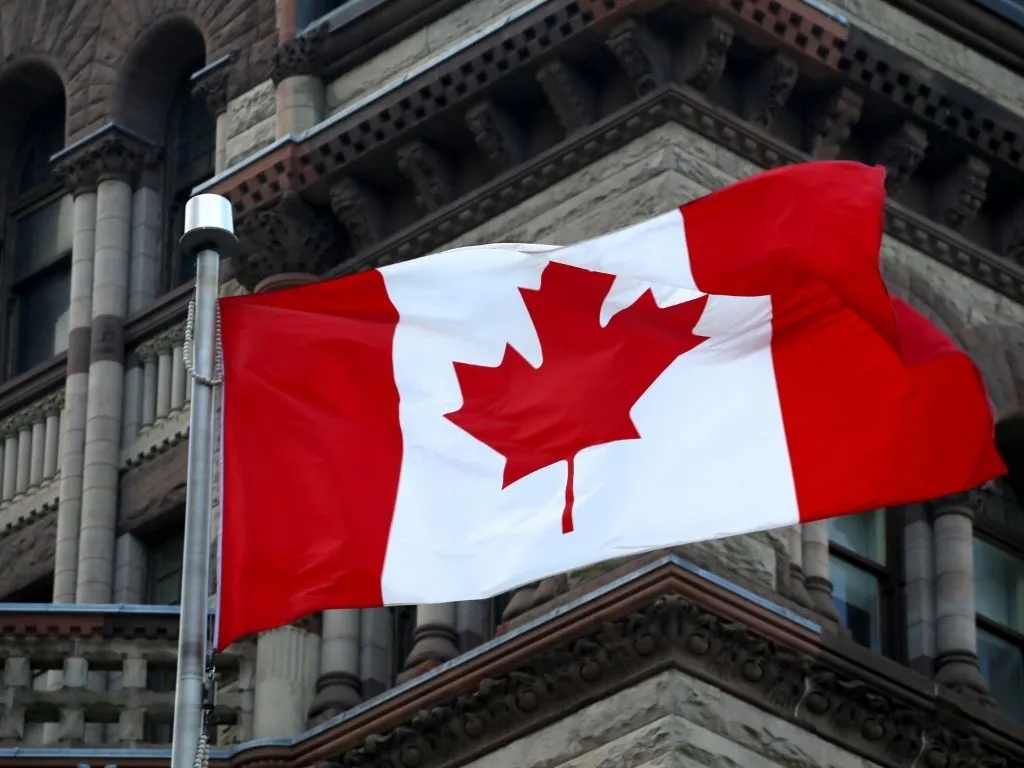News Details

Canada Steps Up Efforts to Tackle PFAS Pollution: Public Consultation Open
The Government of Canada is seeking public input on its latest efforts to tackle pollution from per- and polyfluoroalkyl substances (PFAS), a group of persistent chemicals commonly found in everyday products. This consultation, open until September 11, 2024, invites Canadians to provide feedback on the updated Draft State of PFAS Report and the revised Risk Management Scope. These documents outline the potential health and environmental risks of PFAS and propose new regulatory measures. This initiative is part of Canada's commitment to using science-based decisions to protect the environment and public health.
Addressing PFAS Pollution
The Government of Canada is committed to ensuring a clean and safe environment for all generations, emphasizing the importance of clean air and water. The Government uses modern tools such as the Canadian Environmental Protection Act, 1999 (CEPA), to tackle pollution across various economic sectors.
Canada is stepping up its efforts to address PFAS, known as "forever chemicals." PFAS are a group of highly persistent man-made substances found in everyday products such as food packaging, cosmetics, non-stick cookware and electronics. These chemicals are widespread around the world, contaminating air, water, soil and living organisms.
Based on the latest scientific data, the government has released an updated Draft State of PFAS Report and a revised Risk Management Scope. The report suggests that PFAS, excluding fluoropolymers, may be harmful to human health and the environment at current levels.
Updated Assessment and Future Actions
The government is proposing a separate assessment for fluoropolymers due to their distinct exposure and hazard profiles. The Ministers of Environment and Health are also considering whether fluoropolymers should be placed on the Watch List under CEPA to guide importers and manufacturers towards safer alternatives. Canadians will be consulted on this process in the near future.
The revised Risk Management Scope introduces a phased approach to regulating PFAS, starting with restrictions on PFAS in firefighting foams and expanding to other uses.
Canada’s Current and Upcoming Actions on PFAS
Canada is one of the first countries to address the entire class of PFAS. The government plans to continue to restrict PFAS in firefighting foams and monitor their levels in humans and the environment. Following the updated Draft State of PFAS Report, an information collection Notice will be issued under CEPA to collect data from those who manufacture, import and use certain PFAS.
The government also plans to publish updated regulations in fall 2024 to further restrict the use of PFOS, PFOA, and LC-PFCAs. Health Canada has released a draft objective for PFAS in drinking water, with the final objective to be published soon.
Efforts to reduce PFAS contamination at federal sites include providing alternative drinking water sources, installing water treatment systems, issuing food consumption advisories, and long-term monitoring.
Quick Facts
-
Canada is committed to preventing and minimizing chemical pollution, including PFAS.
-
PFAS are widely used in products such as firefighting foams, food packaging, cosmetics and textiles.
-
PFAS persist in the environment, leading to continued exposure and potential health risks.
-
Potential health effects include effects on the liver, kidney, thyroid, immune system and reproductive health.
-
Canada regulates several PFASs under the Prohibition of Certain Toxic Substances Regulations, 2012.
-
New measures are being proposed to protect Canadians, including those disproportionately affected by PFAS exposure.
The government is seeking public input to refine risk management strategies and ensure effective, science-based measures to protect health and the environment from PFAS exposure.
We acknowledge that the above information has been compiled from Environment and Climate Change Canada.

 Twitter
Twitter
